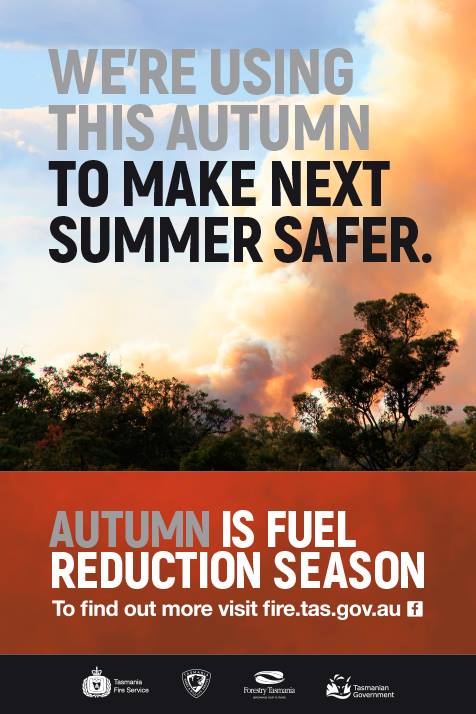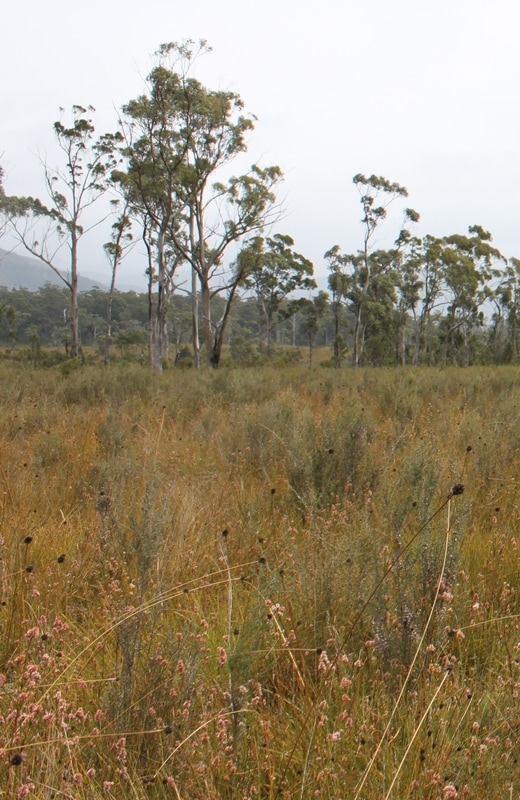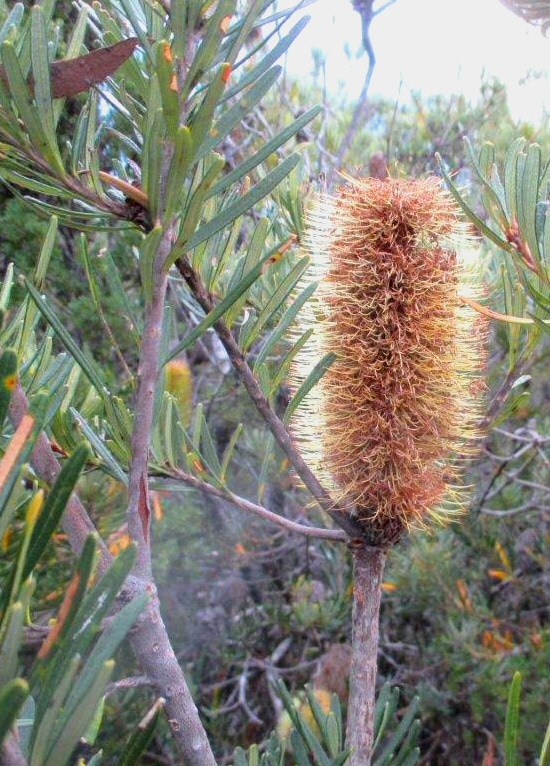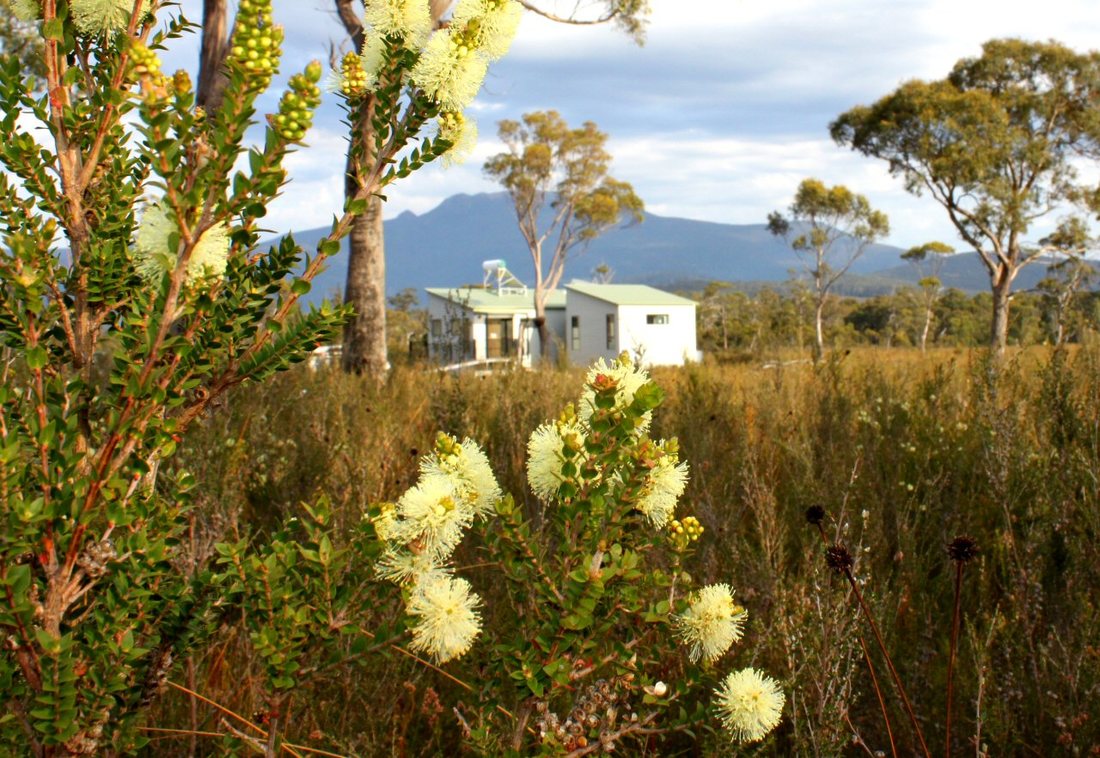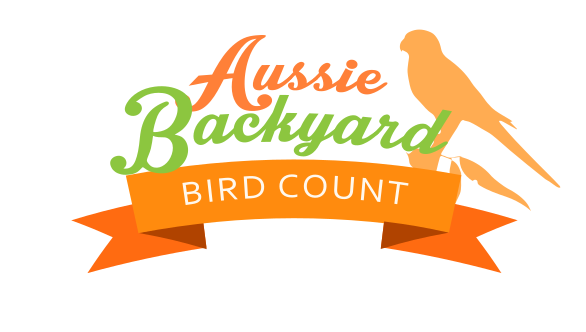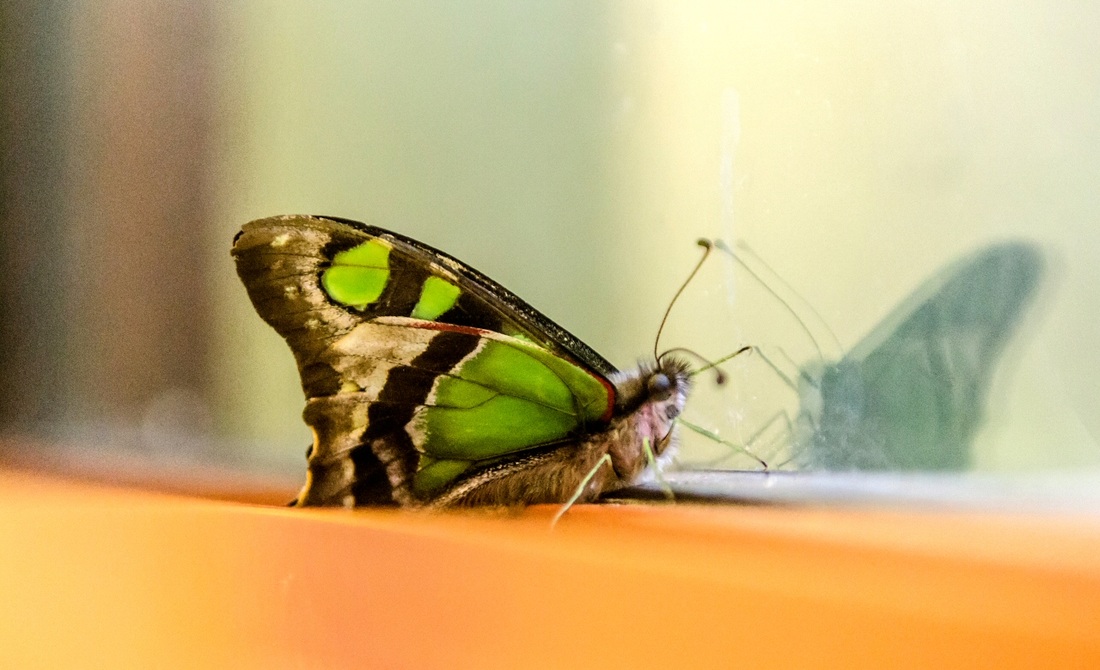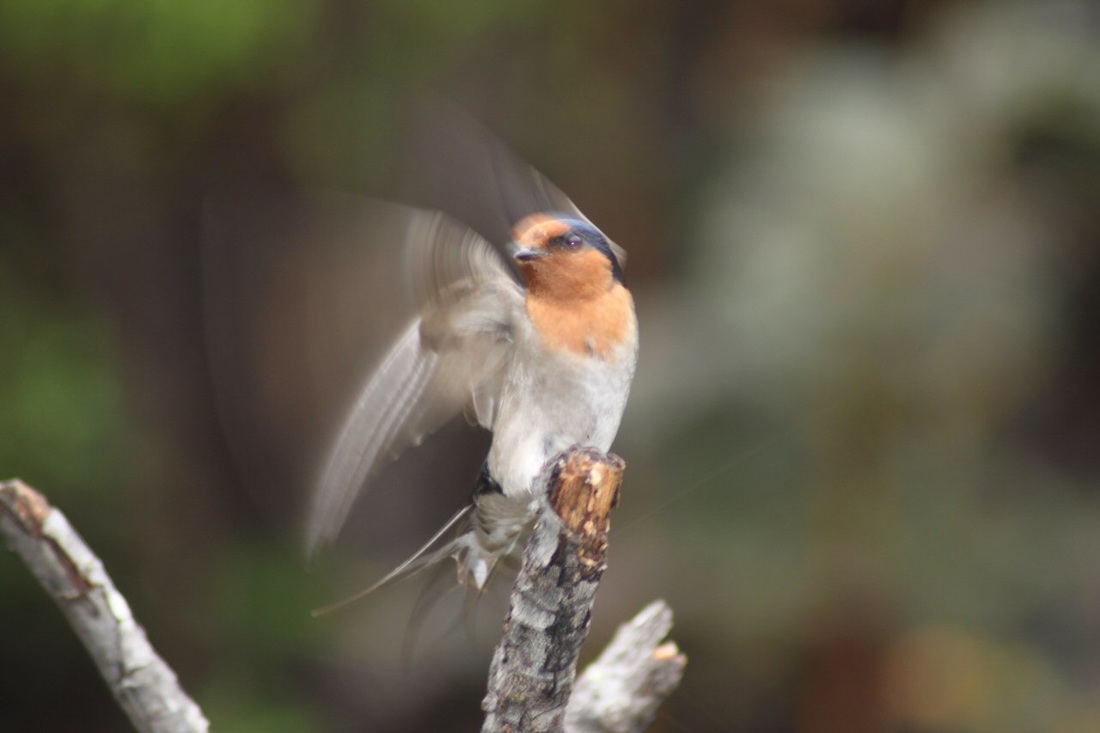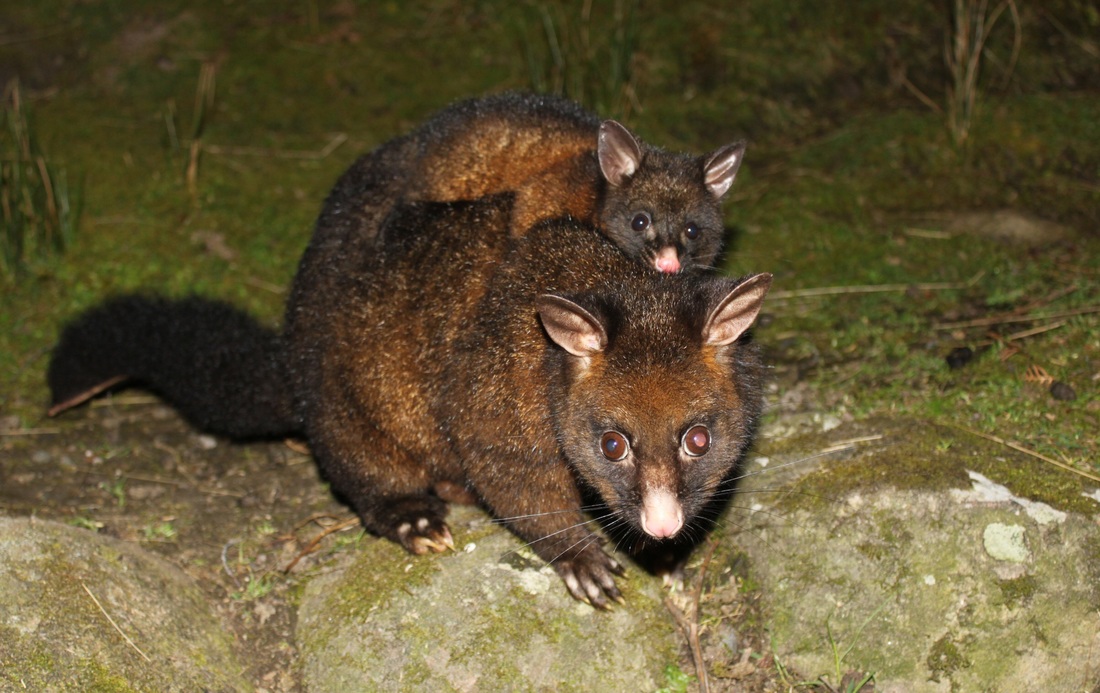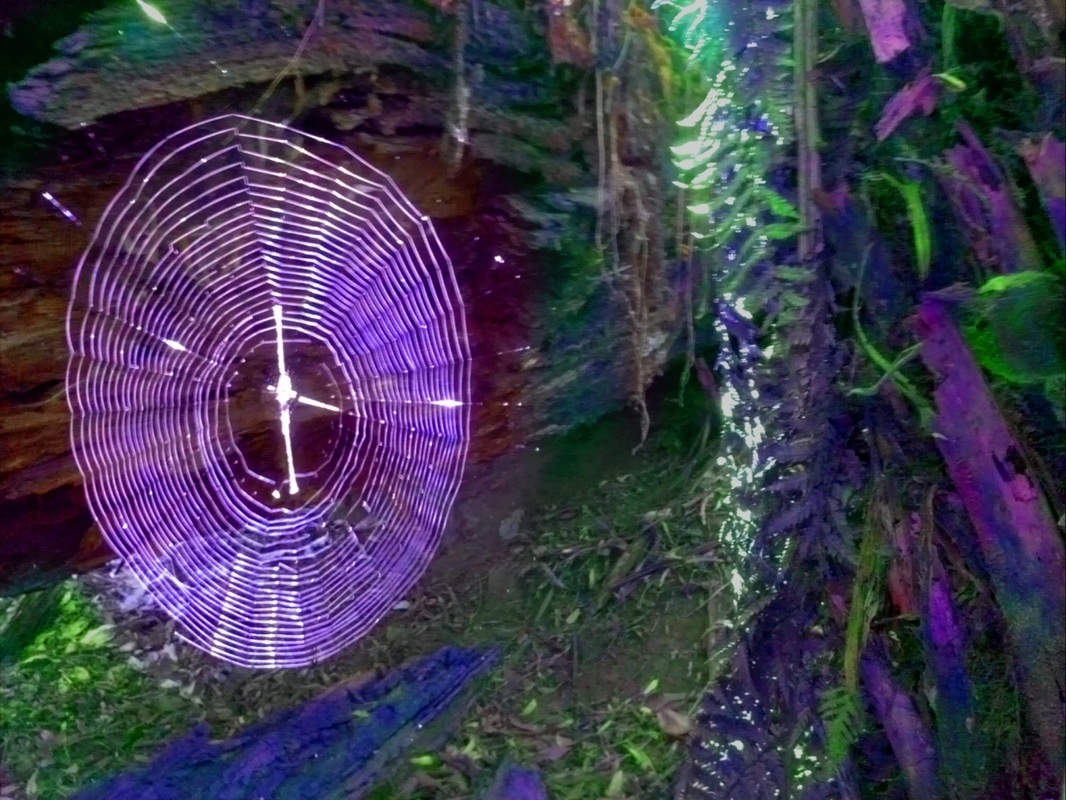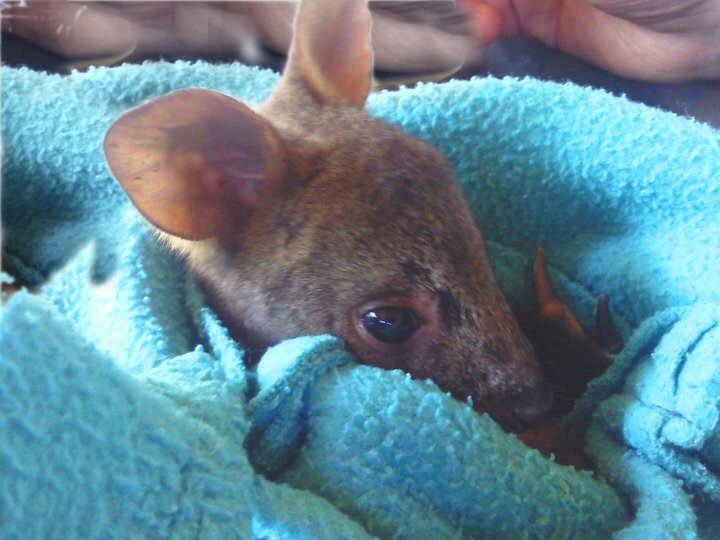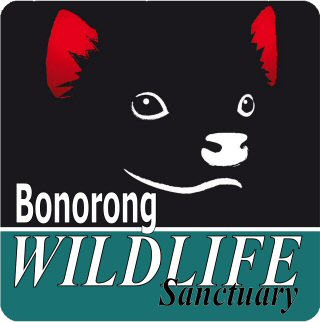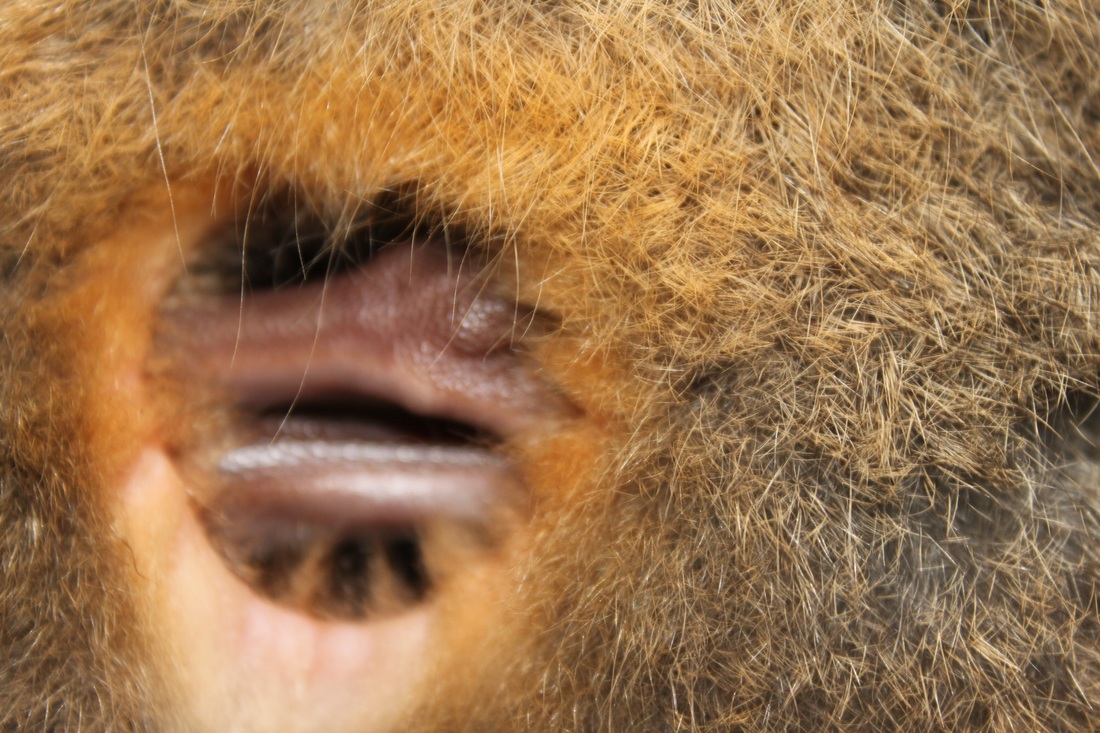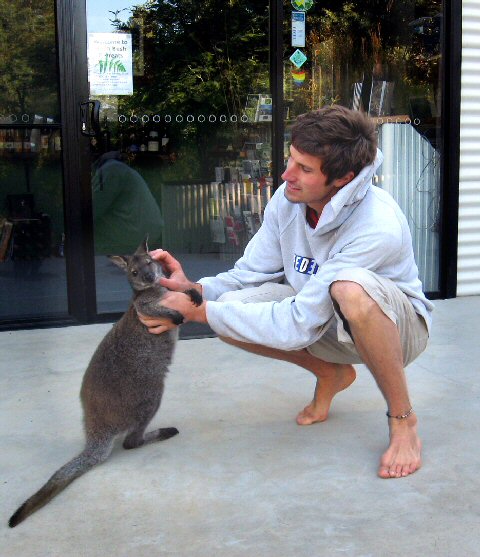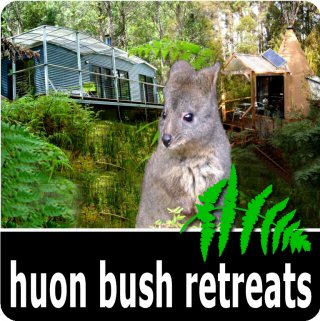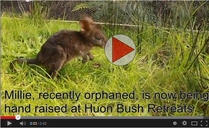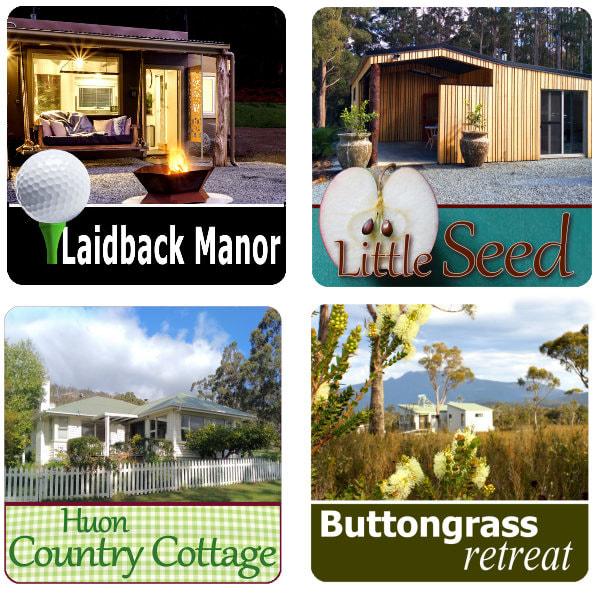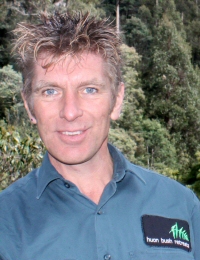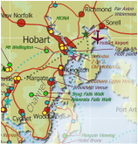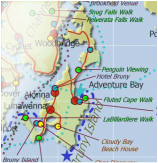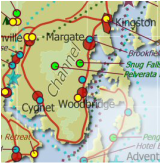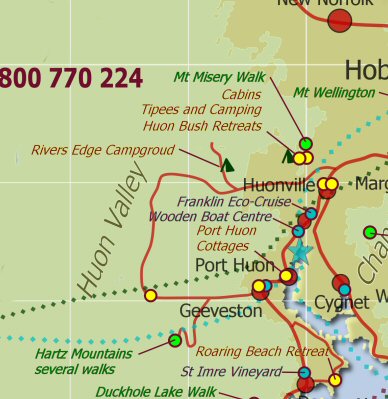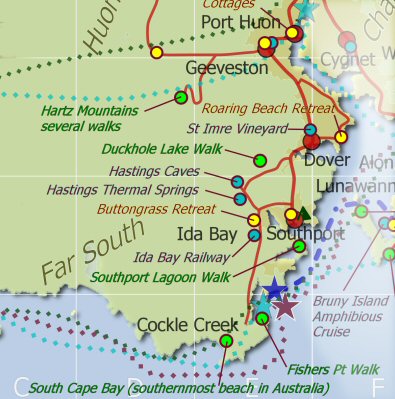| Buttongrass Retreat at Lune River in Tasmania's far south will be closed for a couple of days due to a fuel reduction and habitat management burn. Buttongrass moorland requires a fire frequency of 5 to 15 years to remain as predominantly low grass and shrub type vegetation. For the next few months, part of the view from Buttongrass Retreat will be blackened, but come Spring, the fresh growth will bring a field of green shoots and wildflowers. A mix of different aged vegetation created by differing fire regimes, is essential for the ground parrots living in this heathland. During Autumn, Tasmania Fire Service and Forestry Tasmania will be conducting burns across Tasmania, subject to suitable weather conditions. These burns are part of the Fuel Reduction Program, aimed at reducing Tasmania's bushfire risk to protect lives, property and the environment. See more info about:
|
| Many years since fire, the moorland around Buttongrass Retreat is becoming more of a scrubby heathland. Today's planned burn will reset the vegetation to a grass dominated landscape. Within a year after buttongrass moorland has been burnt the vegetation starts to regrow, producing succulent shoots that attract herbivorous animals such as wallabies, wombats and grasshoppers. However, these species, particularly wallabies and wombats, also require nearby areas of unburnt habitat were they can shelter. See more info about Buttongrass habitat response to fire at: http://www.parks.tas.gov.au/indeX.aspX?base=2876 | Built in a fire susceptible and fire dependent vegetation area, the eco-cabin at Buttongrass Retreat has been designed to provide short term protection. If you are ever in the path of an approaching fire, leave well before the fire reaches you. However if you become trapped, a fire resistant building is a good refuge. Radiant heat is the biggest killer in a wild fire. Radiant heat can be blocked by a solid object or barrier such as a concrete wall or building. This heat travels in straight lines, radiating out from a bushfire ahead of the flames and will bounce off solid objects and will travel through glass. Stay inside, shielding yourself behind solid furniture, away from windows, while the main fire front passes. This will only take a few minutes. Houses mostly burn down after the fire front has passed. For more fire safety info see: www.cfa.vic.gov.au/fm_files/attachments/plan_and_prepare/frk_2013/Section3_Duringafire_ifyoucannotleave.pdf |
